Global sea freight services are experiencing peak congestion levels over the past 18 months, with the situation particularly exacerbated at several Asian ports. This reflects the lasting impact of disruptions to shipping in the Red Sea, a consequence of Houthi attacks in the region.
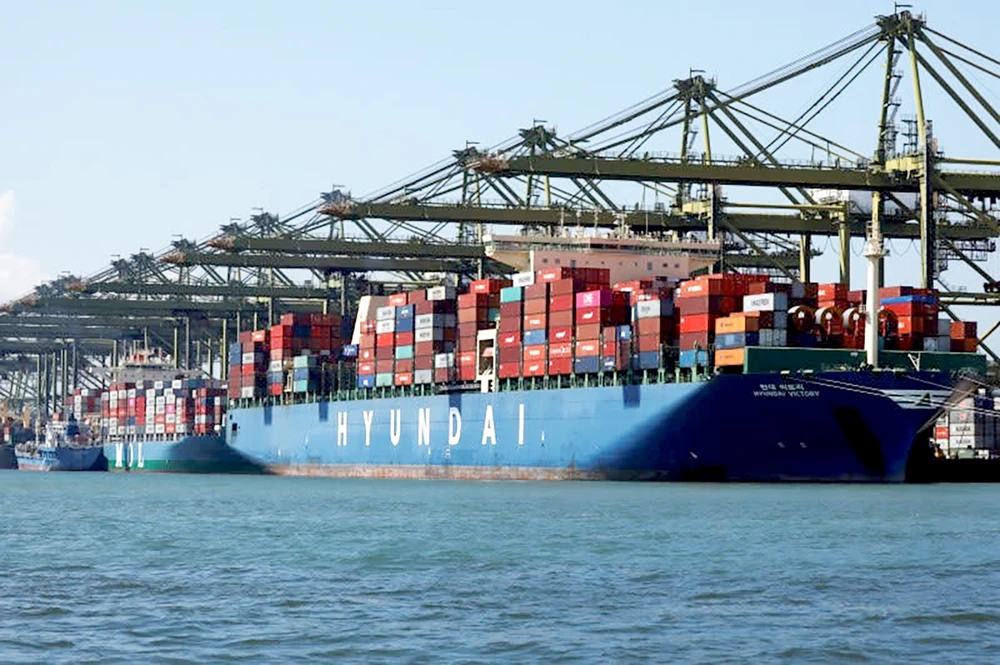
According to statistics from shipping market research firm Linerlytica, 60% of ships awaiting port call are located in Asia. Singapore's container port ( the world's second-largest) is experiencing its worst congestion since the Covid-19 pandemic. This congestion hotspot is causing a domino effect on numerous ports across Asia. Not only is it preventing nearly half of container ships traveling between West Asia and Europe, and Asia and Northern Europe, from departing on time, but the congestion is also forcing foreign shipping companies to continuously increase surcharges to compensate for the costs of waiting to dock.
The Maritime and Port Authority of Singapore (MPA) reports that the average waiting time for container ships to dock is now 2-3 days, compared to less than a day in normal times. According to data from Linelytica and real-time shipping data provider PortCast, waiting times can extend to a week. Due to prolonged congestion, some ships have been forced to abandon their port calls in Singapore and divert to ports in neighboring countries, placing greater pressure on port authorities in countries like Malaysia and China. Although port officials in these countries are implementing contingency plans, the waiting times cannot be resolved overnight.
The number of container ships waiting to dock at Malaysia's Port Klang and Tanjung Pelepas has increased, and waiting times at Chinese ports have also risen. Shanghai and Qingdao are particularly busy, with long lines of ships waiting to dock. Similar congestion is occurring at ports in the Mediterranean. Consequently, Danish shipping company Maersk has announced it will skip two routes from China and South Korea to European ports starting in early July.
Meanwhile, international shipping companies say the annual peak shipping season has arrived earlier than expected, exacerbating congestion. According to Dimerco, a shipping service provider, the peak season usually starts in June, but this year it began in May. Freightos, a global booking and payment platform for international freight, reports that import activities from Asia to Europe are showing signs of entering peak season, pushing freight rates to their highest levels so far this year. In fact, freight rates have skyrocketed since May, after a period of stability in April. The situation is so tense that major shipping lines are now only quoting prices weekly, with rates even changing daily, instead of quoting every 15 days to a month as before.
The Red Sea plays a crucial role in the global trade transport system, accounting for nearly one-third of total container traffic and approximately 12% of global merchandise trade. Analysts warn that uncontrolled security in the Red Sea would significantly impact global supply chains. Escalating shipping costs would lead to price increases for consumers at a time when many countries are striving to curb inflation.
SOUTHERN
Source: https://www.sggp.org.vn/cang-thang-dich-vu-van-tai-bien-o-chau-a-post746877.html










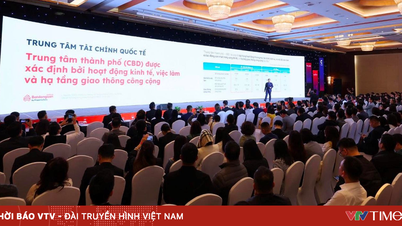


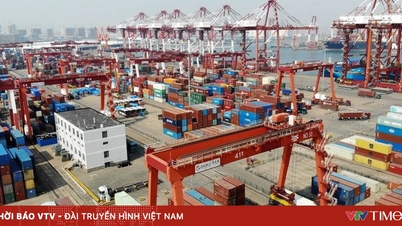
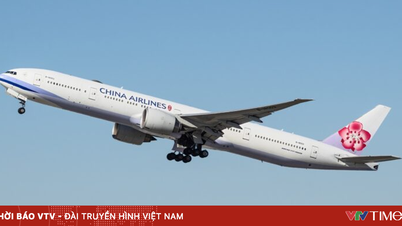

















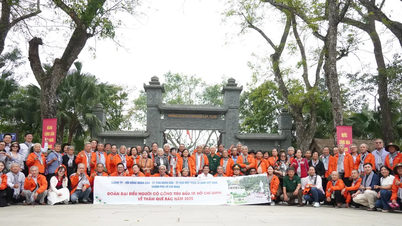

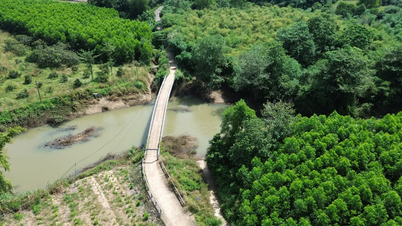

























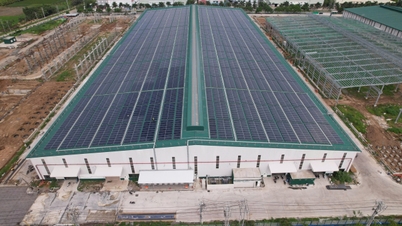

























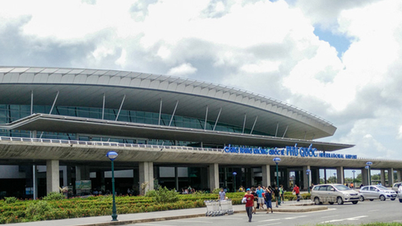
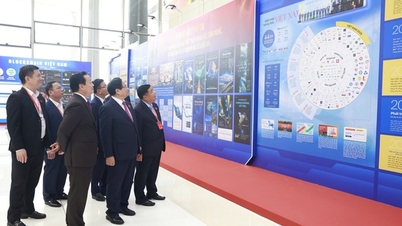























Comment (0)